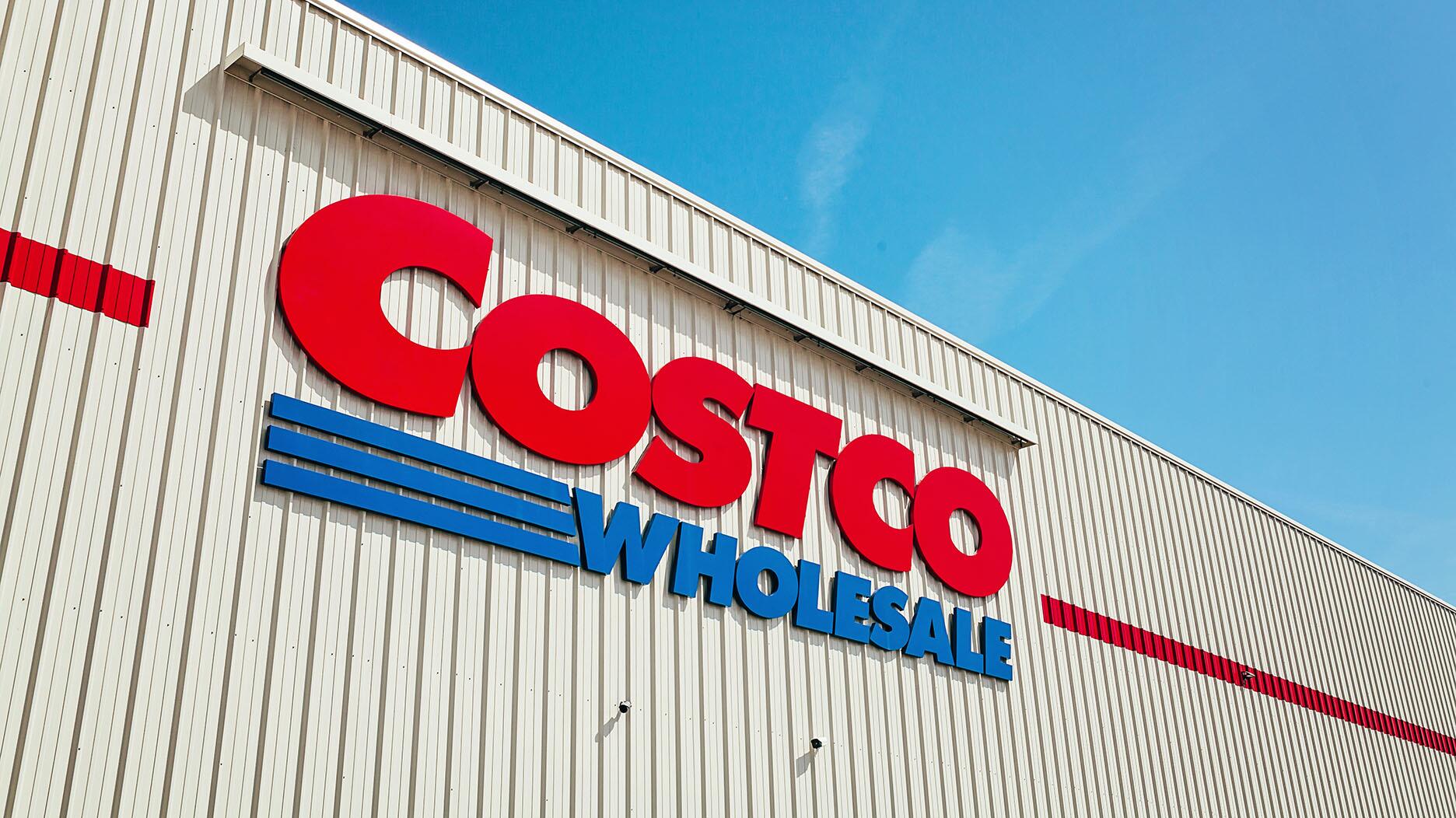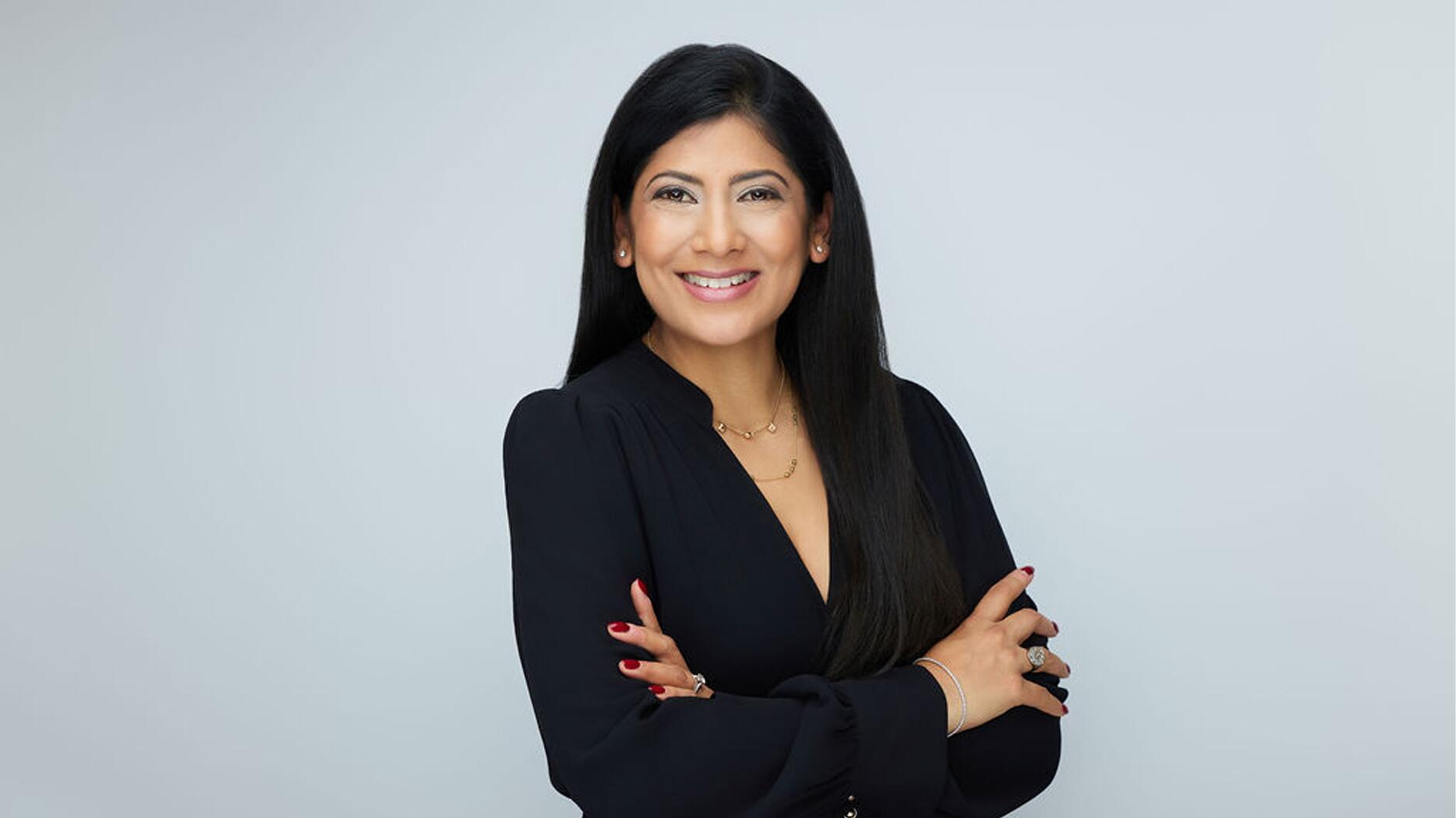Tariffs & Designers: Navigating Pricing in an Unstable Environment
Between tariffs and the sky-high cost of gold, designers enter this year’s Las Vegas shows with a lot of questions and few answers.

Designers in particular have expressed concerns about the unknowns around pricing, sourcing, manufacturing, design, and the overall profitability of their businesses ahead of one of the most important weeks of the year.
The Couture and JCK shows are slated to kick off next week in Las Vegas, and exhibitors don’t know what to expect.
In early April, President Donald Trump announced a slate of so-called reciprocal tariffs that stack on existing customs duties.
Hours after they went into effect on April 9, the president put a 90-day pause on the tariffs in place for most countries—expect China—with a baseline tariff of 10 percent to remain.
A month later, following a weekend of negotiations, the United States and China reached a deal that temporarily dropped tariffs on Chinese goods imported into the U.S. from 145 percent to 30 percent and put another 90-day pause on higher tariffs while the two countries negotiate a long-term deal.
Another twist in the tariff saga came Wednesday, when the U.S. Court of International Trade declared President Donald Trump’s “reciprocal” tariffs invalid, though nothing is likely to change in the short term as the Trump administration appeals the decision.
The tariffs—which ranged from 10 to 50 percent—currently stand at 10 percent for most countries and 30 percent for China, and many in the jewelry industry are unsure how to proceed.
Designers must price their pieces without knowing if the cost of materials will increase at the end of the 90 days and, if so, by how much.
“Now that we have this looming concern and fear and uncertainty of, ‘Is it going to go up even more?’ It’s definitely scaring us and making us scramble,” said designer Zoë Chicco, founder of her eponymous brand.
“At a minimum it’s affecting our prices, and we know we have to adjust for it, but we don’t even know what to adjust to.”
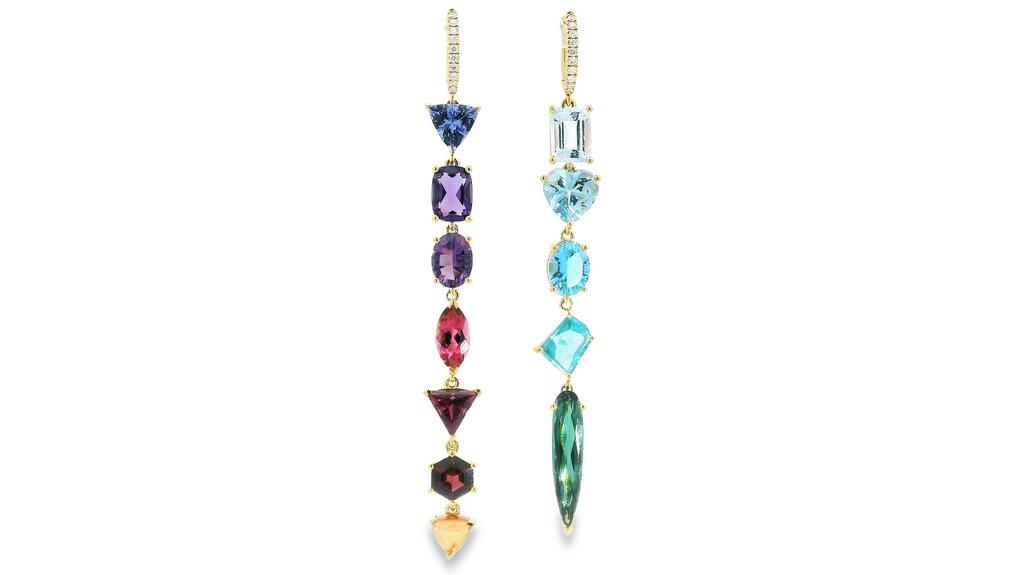
Las Vegas Jewelry Market Week, the name given to the late-spring run of trade shows that take place every year in Las Vegas, is the time for wholesale brands to establish their partnerships for the year.
Retailers will be placing orders with existing vendors, and perhaps adding some new lines, for the upcoming holiday season.
However, designers are unsure if those orders will suddenly cost double to produce come July when the country-specific tariffs potentially could be reinstated, or if the trade court’s ruling will eliminate this additional import tax.
On exhibiting at Couture, designer Lisa Nikfarjam, founder of Lisa Nik, said, “Do I really want to sell my inventory, which is so valuable right now? It’s a ‘Catch-22’ situation because of course we want to sell, but what if we can’t reproduce it?
“What if it’s going to cost so much more to reproduce? We’ve lost money in the transactions we would be making.”
Nikfarjam explained her tagline for Couture will be “while supplies last,” meaning the prices she sets at the show will remain at that level until she runs out of material and repurchasing it may cost more.
While many of her colleagues have been concerned over changing prices too often, she is preparing based on current material costs and will adjust again if needed.
Francesca Simons, fine jewelry consultant, publicist, and founder of Francesca Simons Consulting, said all of her clients have had to raise prices ahead of Couture.
Simons represents 15 jewelry brands/designers: Anita Ko, Ashley Zhang, Bea Bongiasca, Cicada, Eéra, Grace Lee, House of Harlow, Jacquie Aiche, KatKim, Khepri Jewels, Maison H Jewels, Marie Lichtenberg, Rainbow K, Suzanne Kalan, and Yvonne Léon.
Due to the skyrocketing price of gold and to add some “wiggle room” for the tariffs, she said their prices will increase between 10 and 30 percent.
One of Simons’ clients from Europe reported that retailers they have worked with for years are putting buying “on hold” to see what happens with the tariffs.
Some might not be willing to pay more to help designers offset the increased tariffs, something Simons said may contribute to brands opening their own flagships and doing more private selling events, while focusing less on wholesale for boutiques and department stores.
Nikfarjam compared the industry’s reaction to the tariffs to “Lord of the Flies,” William Golding’s 1954 novel about a group of boys stranded in a foreign land whose attempts to self-govern lead to chaos.
She said, “We’re not only dealing with all these strange market conditions [with the price of gold]. [We also have to worry about], what if our customers stop purchasing as much?
“We have to work together to preserve everybody’s best interests. We can’t be self-serving.”
If the tariffs stick and are combined with the high price of gold, it won’t be feasible for many to sustain a healthy business with their current cost structure.
As of press time, gold was $3,325 per ounce, according to APMEX.
“It doesn’t matter if you import from China or not; the trade war itself caused widespread market disruption, leading to a surge in the price of gold,” Nikfarjam said.
She said her brand, Lisa Nik, can absorb the tariffs internally and work with her supply chain partners in order to not hit the customer with every cost, but the price of gold is a factor her partners cannot help mitigate.
“I’m designing pieces, and I say, ‘I wouldn’t pay $1,000 for that. Do we put it out there? Do we take a much smaller margin? Or do we not even make it?’” — Zoë Chicco, jewelry designer
When it comes to the $500 to $1,000 price point, Chicco explained that it is as if this segment doesn’t exist anymore if you’re looking for real gold and diamonds.
Prices may increase, but they have to coordinate with the value of the piece.
“We try to cater to everyone and now the things that are supposed to be sort of quote-unquote inexpensive aren’t inexpensive,” said Chicco.
“I’m designing pieces, and I say, ‘I wouldn’t pay $1,000 for that. Do we put it out there? Do we take a much smaller margin? Or do we not even make it?’”
What was once an entry-level $600 piece for her brand, Zoë Chicco, is now $1,200.
As for Nikfarjam, she said she is discontinuing many styles that no longer make sense under the current conditions and creating new styles that are more viable, as well as working through the large gemstone inventory she amassed during COVID.
The tariffs were put into place with the stated goal of enhancing domestic manufacturing and reducing reliance on foreign products.
But for the jewelry industry, sourcing gemstones and other materials from the U.S. is impossible to do in many cases; a Colombian emerald, for example, cannot be mined in America.
Chicco’s brand manufactures its jewelry in-house in the U.S., but materials like hollow chain are sourced from Italy or Turkey.
“It’s not like we’re not choosing U.S. product when we can. We make our jewelry here; we pride ourselves on it. It’s part of our brand DNA, but there are certain things that are not available here,” she said.
“We’re already paying between 5 percent and 7 percent duties normally to bring in the chain. In years past, we explored domestic producers of solid chain, and we even went so far as going through the sample period. It didn’t meet our needs. We weren’t happy with the product,” Tim Roberts, chief operating officer of Zoë Chicco, added during the same interview.
Now, Chicco is reintroducing leather for her necklaces and bracelets as a way to keep the cost down and working with more budget-friendly gemstones like malachite and tiger’s eye.
“The issue is a lot of what is done in China for my clients cannot be done anywhere else, so that’s one of the biggest hurdles. Their expertise cannot be replicated." — Francesca Simons, fine jewelry consultant
It’s not just sourcing materials, but quality of craftsmanship that brands must focus on.
Some of Simons’ clients are now looking to move their pavé work that has been done in China to New York City.
While her brands don’t assemble pieces in China, some have pavé, diamond cutting, and other work done in the country before importing the jewelry into the U.S. to be finished.
“The issue is a lot of what is done in China for my clients cannot be done anywhere else, so that’s one of the biggest hurdles. Their expertise cannot be replicated,” Simons said.
“Some of these clients have been in business 15 years. If they could have moved it to the U.S. or outside of China at any point, they would have. Whether the tariffs are what they are or not, the expertise cannot be replicated.
“The U.S. doesn’t have the manpower, it doesn’t have the infrastructure, it doesn’t have the labor, it doesn’t have the expertise.”
Brands must adapt where possible with competitively priced products. Before the tariffs between the U.S. and China were lowered from more than 100 percent it was “unworkable and truly unfathomable,” said Simons.
She pointed to LVMH’s attempt to avoid tariffs by bringing manufacturing to the U.S. for Louis Vuitton.
The luxury conglomerate’s Texas factory opened six years ago and has been unsuccessful due to a lack of skilled leather workers available, craftsmanship errors, and a myriad of other issues, according to an article Reuters published in April.
“I’ve already seen that [my clients are] being more cautious. They’re not going to pay double for something.” — Lisa Nikfarjam, jewelry designer
Tariffs and the high price of gold also bring up another question: Will there still be a customer for fine jewelry, and what will that customer look like?
Some brands are concerned that customers of the fine jewelry market, who are informed and well-traveled purchasers, will see the jumps and could choose to shop outside of the U.S. for jewelry untouched by tariffs.
Simons believes that brands that cater to customers in the top 5 percent with plenty of disposable income won’t be affected, but the brands with pricing in the $1,000 to $5,000 range will be.
“I just want to shop and be merry,” is what one of Nikfarjam’s clients told her.
“She will shop, and she will support, and other people will do the same, but I’ve already seen that they’re being more cautious. They’re not going to pay double for something,” Nikfarjam said.
The Latest

The new pink sapphire version of the piece dances with its wearer in the brand’s “Icons After Dark” holiday campaign.

A choice that’s generated a lot of commentary, Pantone says “Cloud Dancer” marks a fresh start and encourages relaxation and creativity.

The manufacturer’s holiday campaign features a gift guide filled with trending designs and jewelry that can be personalized.

How Jewelers of America’s 20 Under 40 are leading to ensure a brighter future for the jewelry industry.

The man was charged with theft, accused of ingesting the necklace while in a jewelry store in Auckland, New Zealand.


The Florida independent expanded its store from 8,000 to 14,000 square feet, fulfilling the vision of its late co-founder, Jim Dunn.
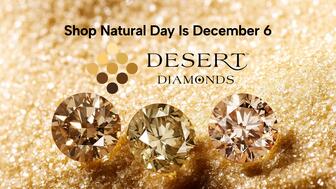
Sponsored by De Beers Group

Roseco’s 704-page catalog showcases new lab-grown diamonds, findings, tools & more—available in print or interactive digital editions.
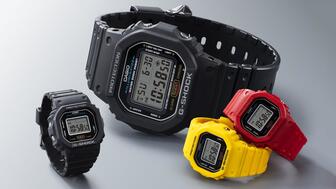
The classic 5600 series G-Shock has been scaled down to about a tenth of its size, becoming a fully functioning watch ring.

The association’s annual conference and gala will take place Feb. 4, 2026, during the Tucson gem shows.
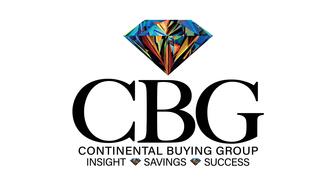
The January show will include a workshop for jewelry retailers on implementing AI to strengthen their businesses.
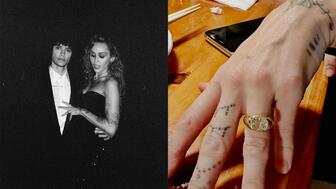
Fellow musician Maxx Morando proposed to the star with a chunky, cushion-cut diamond ring designed by Jacquie Aiche.
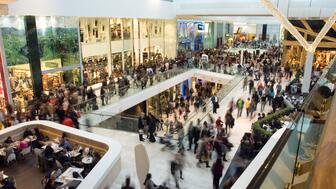
Black Friday is still the most popular shopping day over the five-day holiday weekend, as per the National Retail Federation’s survey.
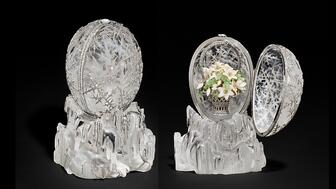
The historic egg, crafted for Russia's ruling family prior to the revolution, was the star of Christie’s recent auction of works by Fabergé.
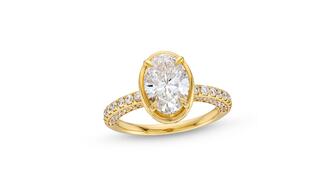
The retailer offered more fashion jewelry priced under $1,000, including lab-grown diamond and men’s jewelry.
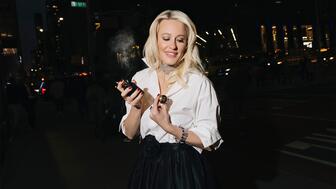
The eau de parfum is held in a fluted glass bottle that mirrors the decor of the brand’s atelier, and its cap is a nod to its “Sloan” ring.

Vivek Gadodia and Juan Kemp, who’ve been serving as interim co-CEOs since February, will continue to lead the diamond mining company.

In addition, a slate of new officers and trustees were appointed to the board.
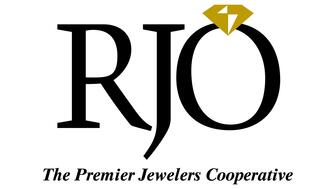
Witt’s Jewelry in Wayne, Nebraska, is the organization’s new milestone member.

Laurs is the editor-in-chief of Gem-A’s The Journal of Gemmology and an expert on the formation of colored gemstone deposits.
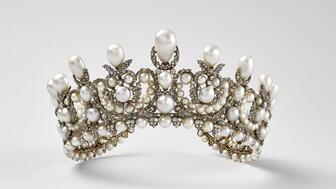
The man, who has a criminal history, is suspected of being the fourth member of the four-man crew that carried out the heist.
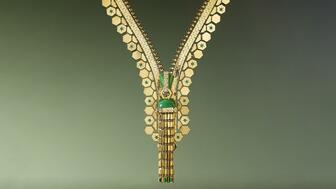
The single-owner collection includes one of the largest offerings of Verdura jewels ever to appear at auction, said Christie’s.
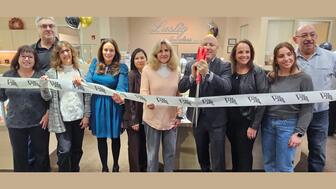
Michael Helfer has taken the reins, bringing together two historic Chicago jewelry names.
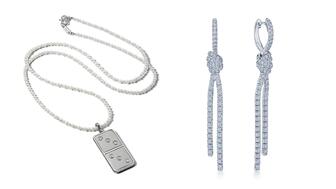
The guide features all-new platinum designs for the holiday season by brands like Harwell Godfrey, Ritani, and Suna.

During its Q3 call, CEO Efraim Grinberg discussed the deal to lower tariffs on Swiss-made watches, watch market trends, and more.
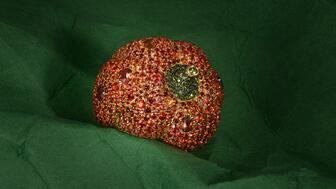
Rosior’s high jewelry cocktail ring with orange sapphires and green diamonds is the perfect Thanksgiving accessory.

The “Embrace Your True Colors” campaign features jewels with a vibrant color palette and poetry by Grammy-nominated artist Aja Monet.













